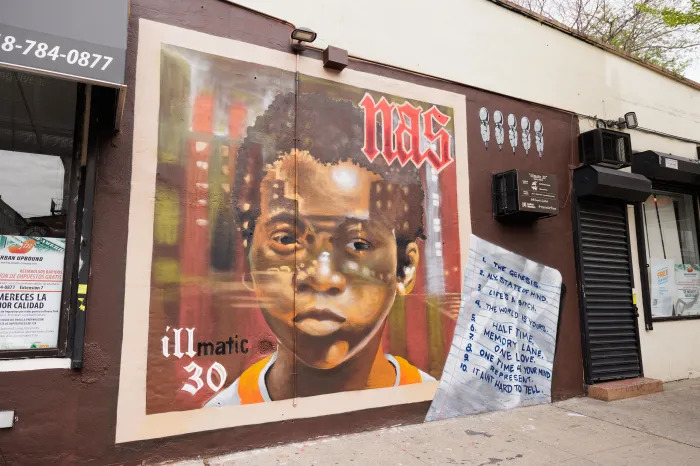By Ronald B. Hellman
I like languages. I’ve studied French and Spanish, and I know a few phrases in a number of other foreign tongues. Not as many as my father, however, who in his youth was a merchant seaman, sailing the seven seas and learning lots of exotic and colorful curse words along the way. (A shout-out to Dad — his birthday anniversary is tomorrow, Oct. 23. He managed to make 84 of them.)
A knowledge of languages is a big help here in New York City, a prime tourist destination and home to many immigrants. Queens, of course, is known for its great diversity. According to a recent survey, nearly 50 percent of our residents are foreign-born, and 138 different languages are spoken in our borough.
But you wouldn’t know it from our local stages. Most productions that I am aware of have casts that reflect the white native-born majority. Perhaps understandable, since most plays are written with characters that come from this majority, to be seen by audiences made up of this majority.
Well, nothing wrong with all that, but as Bob Dylan said some years ago, “The times, they are a-changing.” Since anecdotal evidence indicates that it’s getting very difficult for many local theater groups to complete their casts and to fill their seats, an outreach to the vast untapped minority may be an answer. But so-called “non-traditional” casting — putting a nonwhite or accent-speaking person in a role that was not what the playwright had in mind — can be controversial.
After all, when characters are related, it may be difficult for an audience to accept or overlook the existence of color or racial differences between them, just as it would be a problem if a noticeably 60-year-old actor was playing a 30-year-old. The integrity and reality of the play should be respected, but there are still many opportunities for diversity casting.
The late black playwright August Wilson was not in favor of nontraditional casting. His attitude was that more plays should be written for blacks and other minorities, rather than having such actors take “white” roles. But that position keeps a lot of good nonwhite actors off the stage.
Sometimes a traditional play is done with an all-black cast, such as the recent revival of Tennessee Williams’ “Cat on a Hot Tin Roof.” Does that really work, however, when an audience has to accept a black Big Daddy as a rich plantation owner in the deep South? I say, mixed casts are the way to go.
As for actors with accents, English is the mother tongue and of course an actor must be able to speak it and be understood. This is especially challenging to the award-winning Thalia Spanish Theatre, the only bilingual theater in Queens, which presents plays in both Spanish and English — the actors have to learn their lines in both languages. But we have lots of accents here, and our stages would benefit from more of them.
Now my English is pretty good, or so I’ve been told, but when I took Army basic training in Georgia a long time ago, my fellow troopers made fun of my New York accent. My vocabulary, however, is not nearly up to that of Crocheron tennis regular Steven Jay Griffel, now out of action due to a knee replacement. Steven always has a book with him — in fact, he has written one himself, “Forty Years Later,” soon to be published online by Stay Thirsty Media. Look for his e-book through Amazon and look Steve up — he’ll tell you about languages.
Contact Ron Hellman at RBH24@Columbia.edu.




























